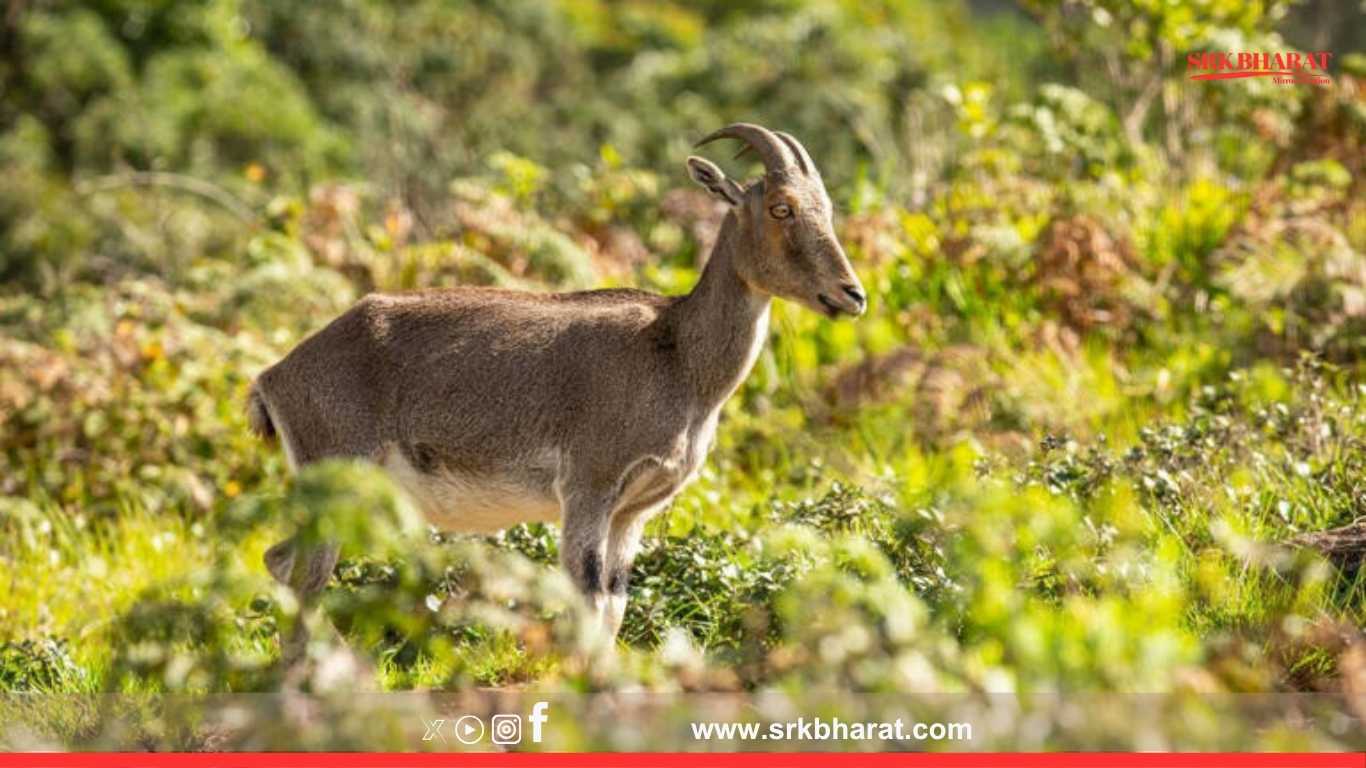Kerala has emerged as the best-performing state in India in the recently conducted Management Effectiveness Evaluation (MEE) of national parks and protected areas. The Ministry of Environment, Forest and Climate Change (MoEFCC) released the evaluation report highlighting Kerala’s exemplary standards in biodiversity conservation, eco-restoration, community involvement, and wildlife protection infrastructure.
The Management Effectiveness Evaluation is a globally accepted tool developed under the guidelines of the International Union for Conservation of Nature (IUCN) to assess the strengths and weaknesses of protected area management systems. In India, MEE is conducted periodically to guide policy interventions, enhance conservation effectiveness, and ensure compliance with national and international biodiversity targets.
Key highlights of Kerala’s performance in MEE
The report stated that Kerala’s protected area management scored high on parameters such as planning, resource allocation, habitat restoration, anti-poaching mechanisms, staff training, and eco-development initiatives involving local communities.
Officials noted that the state’s participatory management models, integration of scientific research with conservation practice, and efficient utilisation of CAMPA (Compensatory Afforestation Fund Management and Planning Authority) funds contributed significantly to its top ranking.
Top scoring national parks and sanctuaries in Kerala
| Name of Protected Area | District | Key Species Conserved | Management Highlights |
|---|---|---|---|
| Periyar Tiger Reserve | Idukki | Tigers, elephants, lion-tailed macaques | Effective patrolling, community-based ecotourism, habitat improvement |
| Silent Valley National Park | Palakkad | Lion-tailed macaque, Nilgiri langur | Strict protection regime, minimal human interference, research integration |
| Eravikulam National Park | Idukki | Nilgiri tahr | Habitat restoration for grassland ecology, regulated tourism |
| Parambikulam Tiger Reserve | Palakkad | Tigers, leopards, dholes | Joint forest management committees, indigenous community participation |
| Wayanad Wildlife Sanctuary | Wayanad | Elephants, gaur, leopards | Human-wildlife conflict mitigation, corridor protection |
What is Management Effectiveness Evaluation (MEE)?
Management Effectiveness Evaluation assesses how well protected areas are being managed by examining six core elements:
- Context (status, threats, values)
- Planning (design, legal status, management planning)
- Inputs (resources, staff, infrastructure)
- Process (implementation of plans, law enforcement)
- Outputs (services, benefits, threats addressed)
- Outcomes (biodiversity conservation, community impacts)
Performance of other states in MEE 2025
According to MoEFCC data, Kerala was followed by Madhya Pradesh, Uttarakhand, Karnataka, and Assam in overall protected area management rankings.
| Rank | State | Key Strengths Highlighted |
|---|---|---|
| 1 | Kerala | Participatory models, habitat restoration, eco-development |
| 2 | Madhya Pradesh | Landscape connectivity, tiger conservation, monitoring |
| 3 | Uttarakhand | Mountain ecosystem management, community involvement |
| 4 | Karnataka | Wetland protection, elephant corridor management |
| 5 | Assam | Grassland restoration, rhino conservation success |
Comments by Union Environment Minister
Union Environment Minister Bhupender Yadav congratulated Kerala for its outstanding performance. He said, “Kerala has shown the way by integrating local communities with conservation efforts, enhancing habitat quality, and ensuring wildlife protection through technology and governance innovations. Other states should emulate such models for achieving India’s biodiversity targets under the Convention on Biological Diversity (CBD).”
Kerala’s model of participatory conservation
Kerala’s success in protected area management is attributed to its focus on community-oriented programmes such as:
- Eco-development committees involving forest fringe villagers
- Skill training and micro-enterprise support for local people to reduce forest dependency
- Regulated ecotourism benefiting community livelihoods while ensuring habitat protection
- Inclusion of indigenous knowledge systems in wildlife monitoring and resource management
Wildlife experts’ perspectives
Dr. Nandini Das, wildlife ecologist at Kerala Forest Research Institute, said, “The key to Kerala’s success is that its forest department works in partnership with people. Scientific wildlife management combined with people’s cooperation has improved tiger numbers in Periyar, Nilgiri tahr recovery in Eravikulam, and lion-tailed macaque conservation in Silent Valley.”
She added that timely fund utilisation under centrally sponsored schemes and CAMPA has strengthened frontline staff capacity and habitat management infrastructure in remote forest areas.
Challenges that remain for Kerala
Despite its top ranking, the evaluation report pointed out certain challenges for Kerala:
- Increasing human-wildlife conflicts, especially elephant crop raids in Wayanad and Palakkad
- Encroachment pressures near forest fringes
- Climate change impacts on Western Ghats ecology
- Need for enhanced wildlife corridors to ensure genetic connectivity of animal populations
Government’s future plans for protected area management
Kerala Forest Minister AK Saseendran said the state will build upon its MEE ranking by:
- Expanding eco-restoration activities in degraded forest patches
- Strengthening rapid response teams for managing wildlife conflicts
- Developing new ecotourism circuits to generate revenue and employment while reducing anthropogenic pressures
- Enhancing scientific research collaborations with national institutes for climate-resilient forest management
Management Effectiveness Evaluation: India’s progress
The MEE report stated that overall management effectiveness of protected areas in India has improved since 2018 due to strengthened legal frameworks, increased funding allocations, and better enforcement. However, challenges like inadequate frontline staff, infrastructure gaps, and rising anthropogenic pressures remain concerns.
India has over 990 protected areas, including 106 national parks, 565 wildlife sanctuaries, 100 conservation reserves, and 219 community reserves, covering nearly 5% of the country’s geographical area.
Role of MEE in achieving global biodiversity goals
Management Effectiveness Evaluation helps India fulfil its commitments under the Convention on Biological Diversity’s Global Biodiversity Framework, especially targets relating to protected area governance, conservation effectiveness, and equitable benefit sharing with local communities.
Final analysis
Kerala’s top ranking in the Management Effectiveness Evaluation showcases how participatory conservation, scientific planning, and effective fund utilisation can enhance biodiversity protection. The state’s integrated approach of involving communities in forest governance, restoring habitats, and strengthening wildlife protection infrastructure offers a replicable model for other states aiming to balance conservation with sustainable livelihoods.











